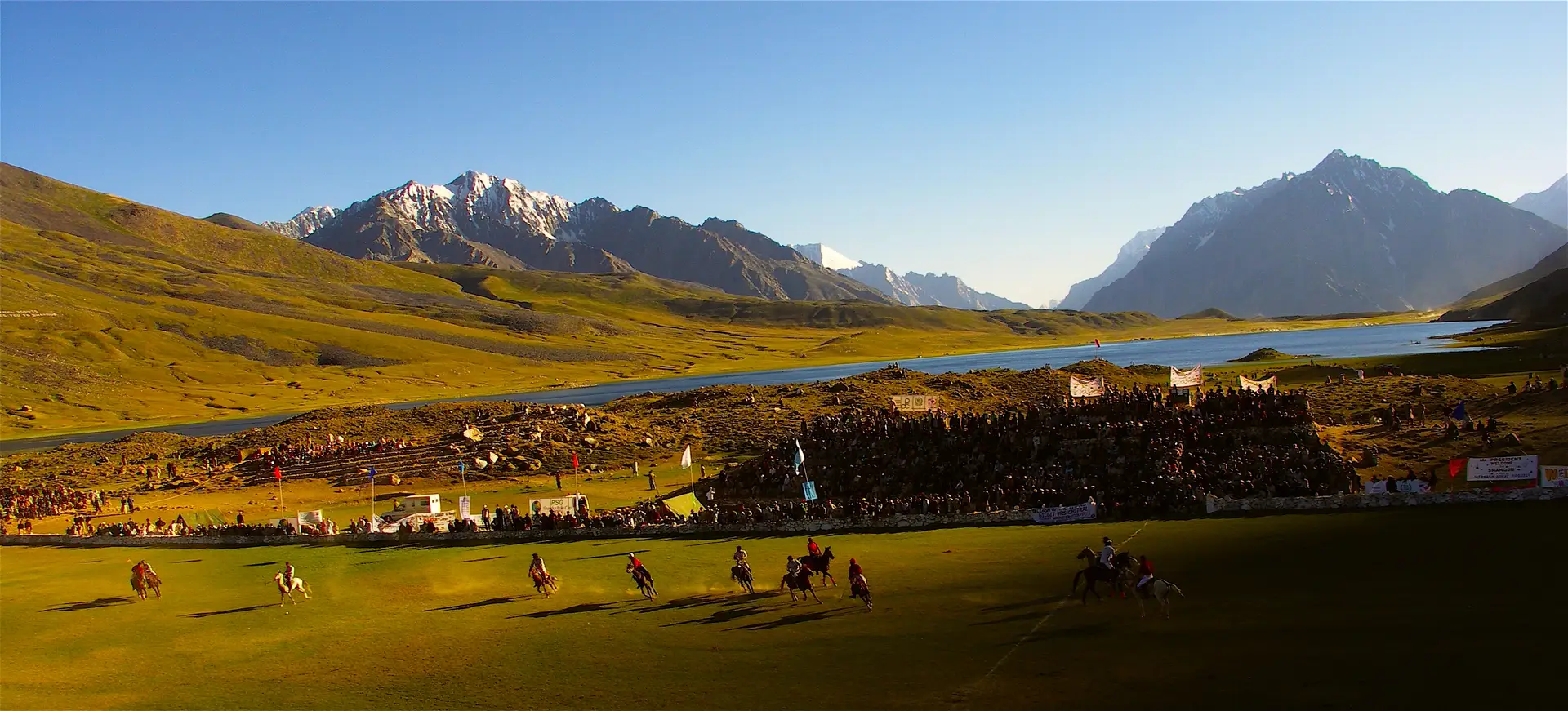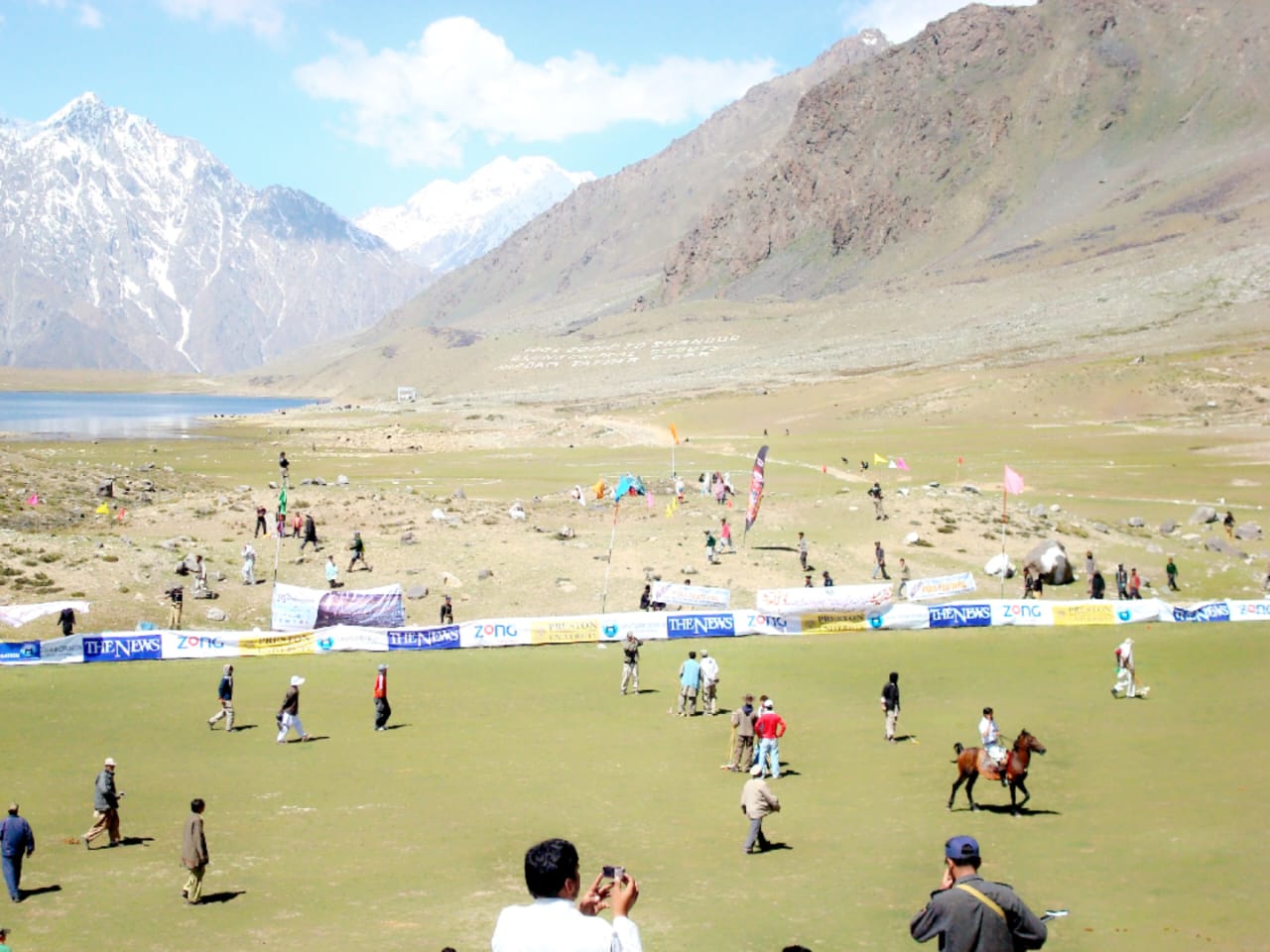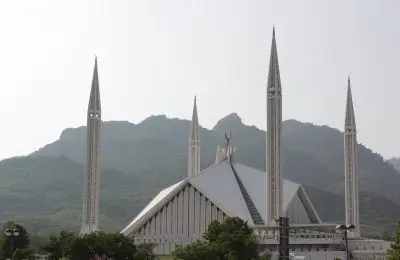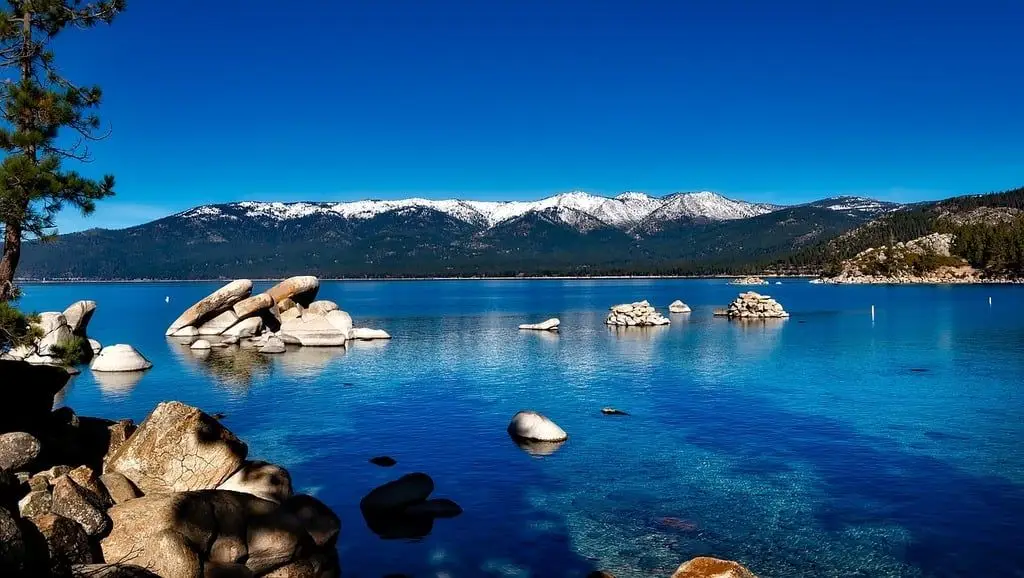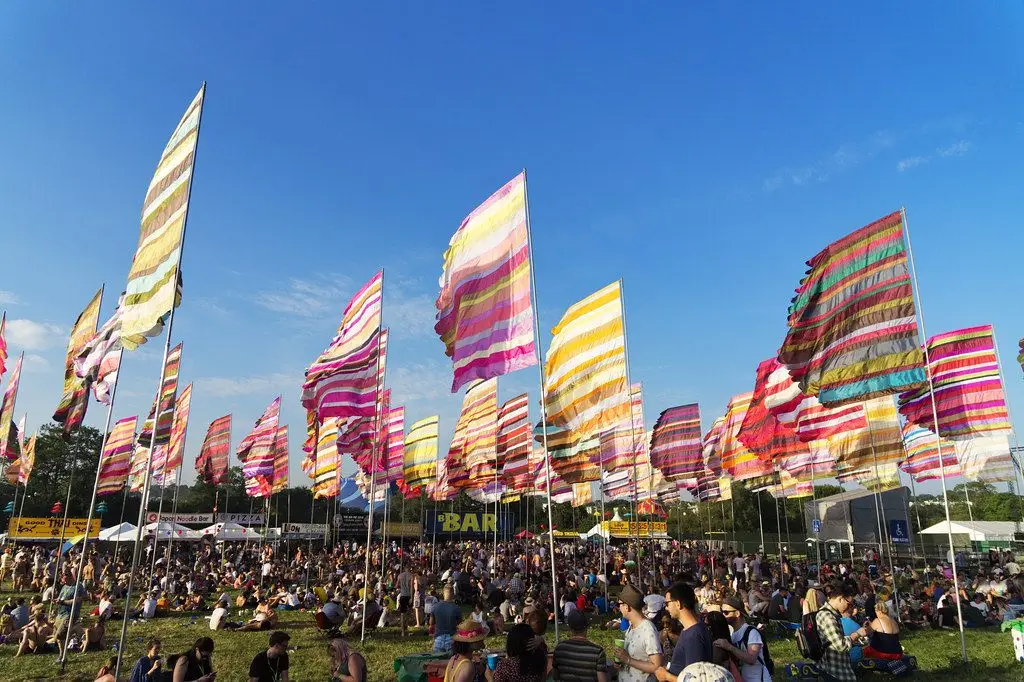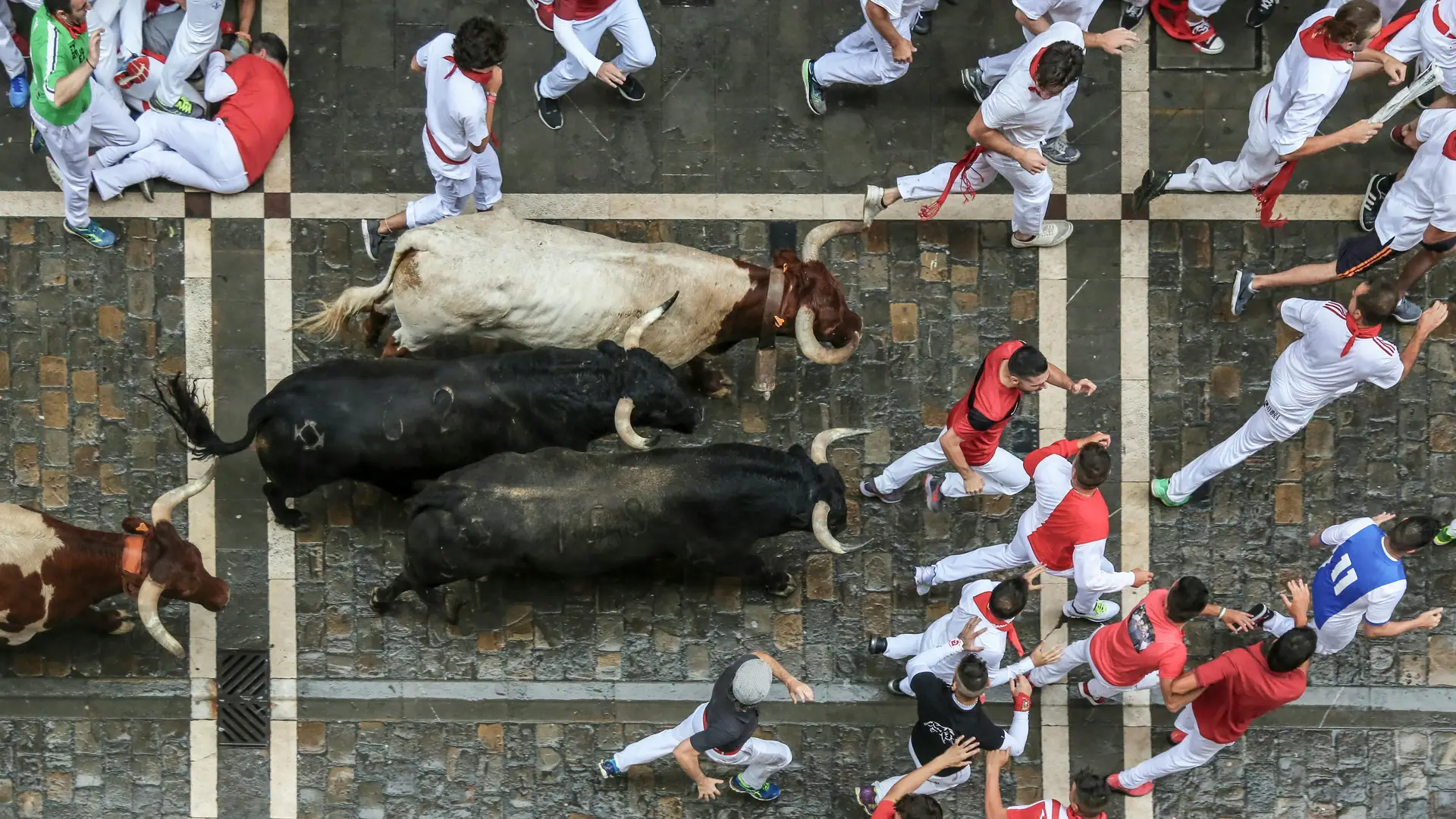“Here, there are no rules—only courage, horsemanship, and the roar of the Hindu Kush.”
Introduction: Polo at the Roof of the World
High in the Himalayan foothills of northern Pakistan is a great green plateau, popularly referred to as the “Roof of the World. “Every summer, this remote but beautiful landscape is the backdrop for one of the world’s most exciting and offbeat sporting events: the Shandur Polo Festival. Held annually in northern Pakistan on the world’s highest polo ground, the event is a unique fusion of sport, culture, heritage, and awe-inspiring natural beauty. It’s not just a game—it’s a cultural explosion.
What is the Shandur Polo Festival?
Imagine standing at 3,700 meters (12,200 feet), encircled by snow-capped peaks, where wild horses thunder across a stone-walled polo ground and tribal drums echo against mountains older than time. This is the Shandur Polo Festival—an annual three-day event held every July in the Shandur Pass, which connects the Chitral and Gilgit regions of Pakistan. The highlight of the festival is the high-altitude polo matches played between local teams, most notably Chitral vs. Gilgit
In this entire travel blog, we shall unveil everything you require to know about the Shandur Polo Festival 2025-hisotry, travelling tips, accommodations, cultural significance, itinerary recommendations, and FAQs. Whether you’re an adventure lover, cultural explorer, or off-the-beaten-path traveler, this guide will help you plan an unforgettable journey.
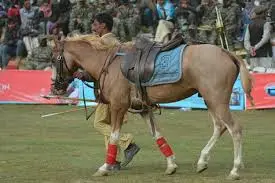
Why is it Famous Worldwide?
Because it’s the highest polo ground on Earth! Not only does it offer
breathtaking views, but the freestyle nature of the game is adrenaline-packed and unlike the standard version of polo most people know. This festival is one of the most unique events globally that brings heritage, sport, and natural beauty together.
History of Shandur Polo Festival:
Polo isn’t new here. It dates back over 1,000 years and has been a favorite among kings, tribal leaders, and warriors. The locals call it “the game of kings”—and they aren’t exaggerating. Shandur Pass connects Chitral and Gilgit-Baltistan, two historically significant regions. The British formalized polo matches here early in the 20th century, but natives played here long before—usually to settle scores or earn prestige.
Shandur Polo Highlights:
- First introduced by British political agent Major Evelyn Hey Cobb in 1936.
- Carries the spirit of mountain people and tribal pride.
- Includes cultural events, music, dancing, and traditional cuisine.
- Represents peace and harmony between Chitral and Gilgit states
Key Details:
- Location: Shandur Top, Gilgit-Baltistan, Pakistan
- Altitude: Approximately 3,700 meters (12,000 feet)
- Dates (2025): The Shandur Polo Festival 2025 is officially scheduled for June 20–22, 2025.
- Main Attraction: Free-style polo (no umpires, minimal rules)

Location and Geography
Where is Shandur Pass Located?
Shandur is in the Gilgit-Baltistan region, sitting beautifully between Chitral and Ghizer. At Approximately 3,700 meters (12,000 feet), it’s a plateau surrounded by majestic peaks.
The Highest Polo Ground in the World
Yes, Guinness-worthy! Playing polo here requires not just skill, but lung power. The altitude affects both horses and riders, making the competition even more intense.
Accessibility and Routes
Reaching Shandur isn’t easy. You need to drive through winding roads from Gilgit or Chitral—around 12-15 hours depending on your starting point and weather conditions. But the journey? Absolutely epic.
Why Visit the Shandur Polo Festival?
Once-in-a-lifetime experience at the world’s highest polo field.
Unbridled and exhilarating polo with fewer rules and no referees.
Unparalleled mountain views and sceneries.
Cultural richness with local music, dance, and handicrafts.
Warmly welcome locals who accept foreign visitors cordially.
Adventure travel options such as trekking, camping, and stargazing
The Raw Thrill of Freestyle Polo
As opposed to conventional polo, there are no rules here. It’s aggressive, rapid, and downright brutal. This no-holds-barred version is not only nerve-wracking for the spectators but also a great sport to watch.
The festival represents:
– No Rules, No Mercy: Players head-on charge, swinging mallets, no umpires. As one rider joked: “You can ride into the opponent—if you dare”.
– Six-a-side Teams: Shepherds, farmers, and teachers fight for local pride. The last match is between Chitral and Gilgit—a rivalry as ancient as the mountains.
– Arena: A 200m x 56m pitch surrounded by 60cm stone walls, overshadowed by mountains such as Tirich Mir (7,708m).
– Danger & Spectacle: Players do not often wear helmets; horses run unbandaged. Halftime is a drum-beating, sword dance, and paragliding show.
2025 Festival Dates & Logistics
Although the matches span three days, people usually arrive earlier to soak in the vibe. It’s summer in Shandur, but temps can dip sharply at night.
– Final Roundup: The Shandur Polo Festival 2025 is officially scheduled for June 20–22, 2025.
Expenses and Pricing:
– Budget: $1,650 USD (10-day tour, all inclusive).
– Luxury: $2,120 USD (14-days including Hunza Valley extension).
– Advance Booking: Reserve places for 2025 through operators such as Trango Adventure or Hunza Guides.
Teams and Competitions
Gilgit vs Chitral – The Legendary Rivalry
The main attraction? The nail-biting matches between Chitral and Gilgit teams. This isn’t a casual sports day—it’s a pride war. Bragging rights are real here.
How Teams Are Selected
Top players from both regions are handpicked through local tournaments. Only the best of the best ride into Shandur.
Rules of Free Style Polo
Imagine polo with almost no rules. Players don’t wear helmets. Fouls? Barely exist. It’s raw, fast, and dangerously beautiful.
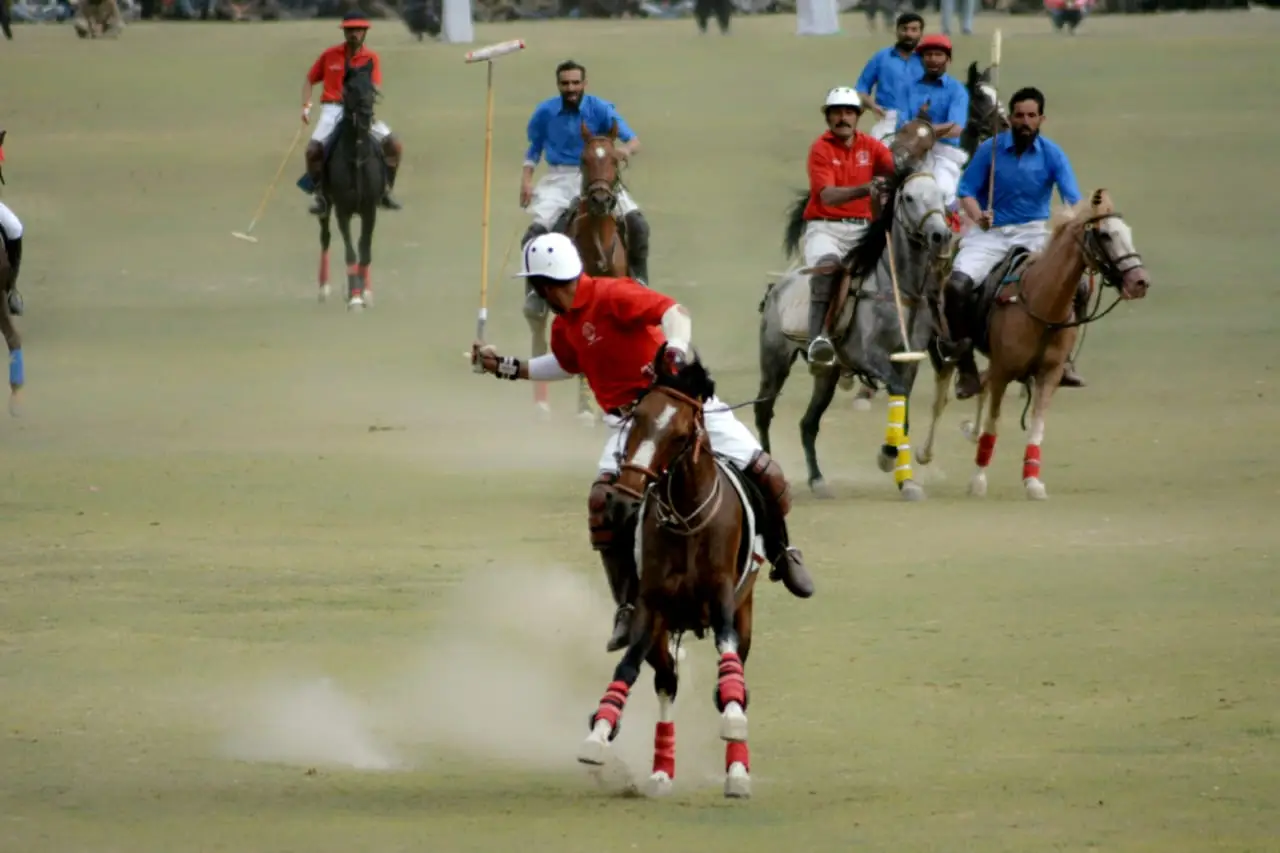
Cultural Activities during the Festival
Traditional Music and Dance
Be ready to listen to the rhythmic sound of dhols, sitaras, and local flutes. Folk dance performances like the Chitrali Khattak and Attan are crowd favorites. Kalash women dance in embroidered garments; Wakhi musicians sing surnai flutes.
Local Foods and Crafts
Get warm with a dish of yak meat soup or drink local salty tea. Hand-woven caps and rugs are the best souvenirs. Enjoy Chapshuro (bread stuffed with meat), Mamtu (dumplings), and fresh trout from Shandur. Purchase yak-wool rugs or Chitrali caps from the craftsmen.
Camping and Bonfires
Nights are enchanting. Lying under the starry sky, travelers sit around campfires swapping stories, dancing, and occasionally jamming with local artists.
🔥 The Festival Ambiance
The Crowd and vibe
The crowd is a mix of adventure seekers, photographers, culture enthusiasts, and polo enthusiasts. There is laughter, competition, and camaraderie in the air.
Local and Foreign Tourists
Visitors from all parts of Pakistan as well as countries such as Germany, the UK, Japan, Spain and the US visit annually. It’s a cultural melting pot.
Community Involvement
From pitching tents to readying food stalls, the whole local population participates. It’s their means of demonstrating hospitality and pride.
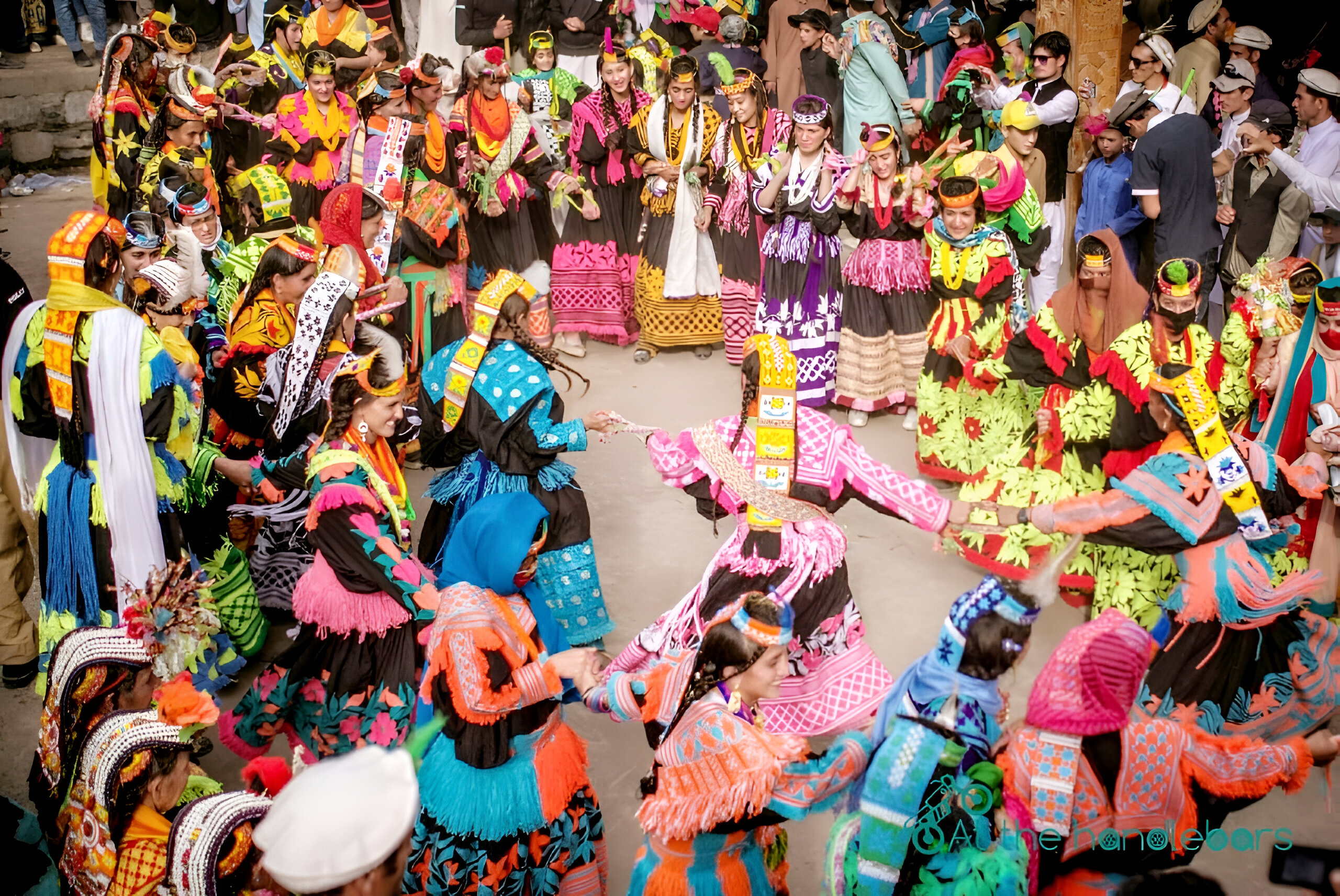
How to Reach Shandur Polo Festival
Reaching Shandur is an adventure in itself. Here are the most common travel routes:
Start from Islamabad or Peshawar, drive to Gilgit or Chitral, and then hire a jeep. You can also fly to Gilgit or Chitral if you want to skip the road adventure (though you’ll miss a lot!).
Via Chitral (Recommended for Foreigners):
• Fly to Islamabad → Drive or fly to Chitral (via PIA).
• From Chitral, 5–6 hours drive to Shandur via Mastuj and Laspur Valley crossing the Yarkand Corridor near Afghanistan.
• Road condition: Gravel and off-road; 4×4 vehicle recommended.
Via Gilgit:
• Fly to Gilgit (flight via PIA from Islamabad), Views include Nanga Parbat (8,126m).
• 6–7 hours drive to Shandur through Ghizer Valley, passing turquoise rivers and apricot orchards via Gupis and Phandar Valley.
• Road condition: Scenic but rough; prepare for long drive times.
Tip: Travel with a local guide or tour company to ease logistics and ensure safety.
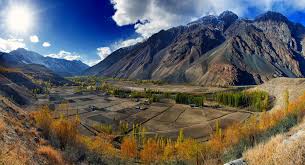
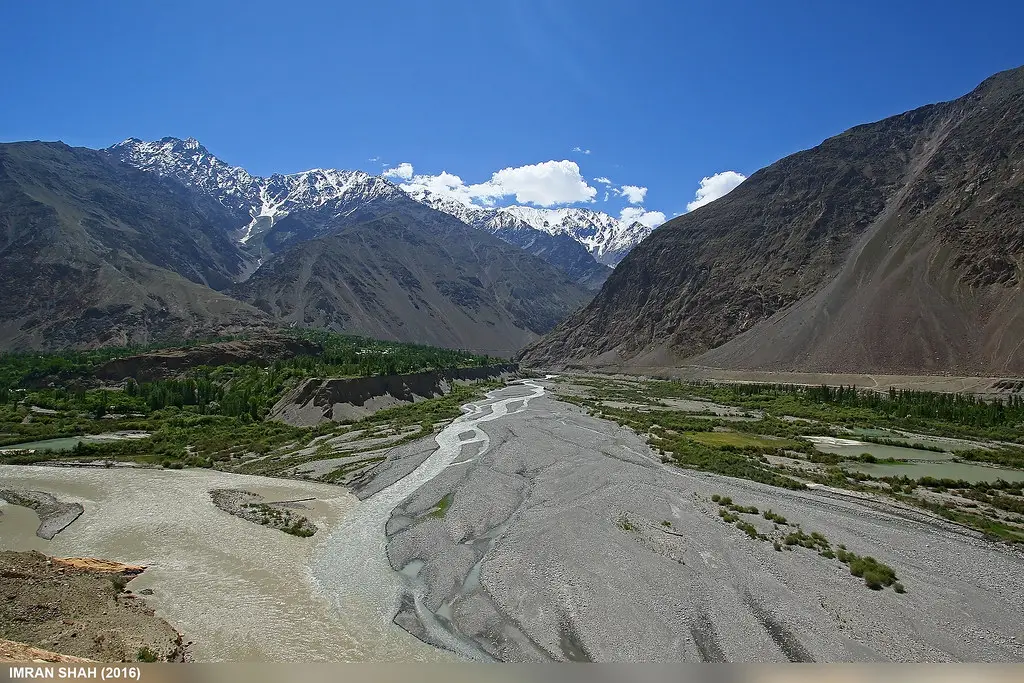
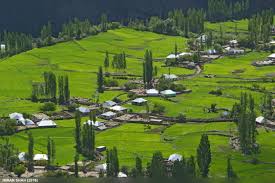
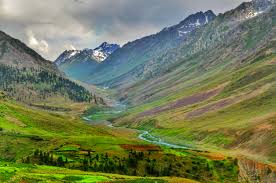
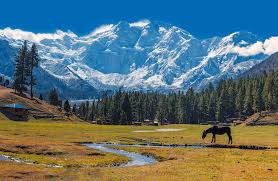
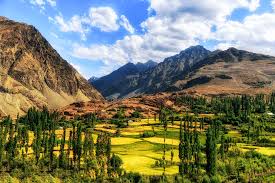
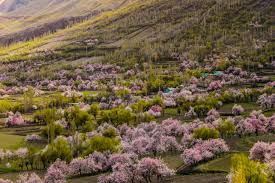

Where to Stay during Shandur Polo Festival : Accommodation Options
Shandur is a remote area with limited accommodation.
Options include:
Camping:
• Most visitors camp on the plateau. Bring your own gear or join a guided
group.
• Local tents and bedding can sometimes be rented.
• It’s raw, cold, and unforgettable.
Guest Houses (in Nearby Villages):
• Mastuj, Booni and Phandar offer basic guesthouses.
• Book in advance due to limited availability during the festival.
• Don’t expect luxury—but the views compensate.
Eco-Tourism
Camps:
• Some NGOs and operators offer eco-lodges and camps with better facilities.
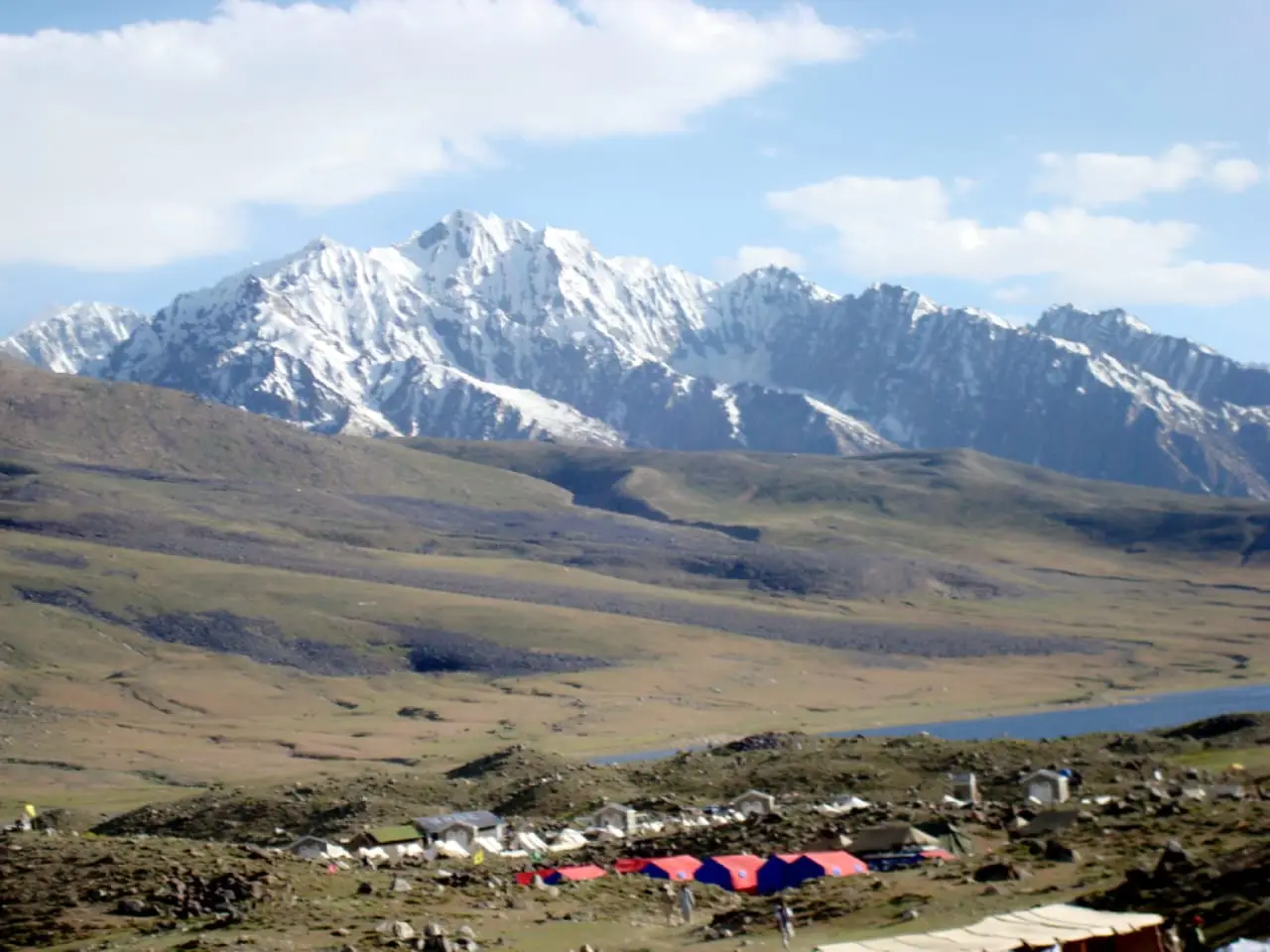
Packing Essentials:
• Warm clothing (temperatures drop sharply at night).
• Sleeping bags, mats, flashlights, portable chargers, snacks.
• high-altitude medicine.
• Portable toilet paper, sanitizer.
• Camera or drone (check local drone laws)
• Cell signals are weak—embrace the digital detox!
• Binoculars, and maybe a flag of your country for fun!
Essentials for High-Altitude Travel
Thermals, sunscreen, sunglasses, and sturdy shoes. Don’t underestimate the sun or the cold.
What to Expect at the Festival
Day 1:
- Opening ceremony with traditional music and cultural performances
- Local handicraft stalls and food vendors
Day 2:
- Polo matches begin (Gilgit vs. Chitral preliminary teams)
- Evening bonfire and music sessions
Day 3:
- Final match (Main event: Chitral A vs. Gilgit A)
- Trophy ceremony and closing celebrations
Cultural Programs:
- Attan dance (Pashtun folk dance)
- Wakhi songs and instruments
- Pahari storytelling and folk poetry
Nearby Attractions: Extend Your Adventure
–Phander Valley (60km): “Little Kashmir” with emerald lakes—perfect for trout fishing.
–Kalash Valleys (80km): Meet the red-robed Kalash tribe, descendants of Alexander’s soldiers.
– Hunza Valley (230km): See Baltit Fort (UNESCO) and the surreal blue waters of Attabad Lake.
Detailed 10-Day Itinerary (Gilgit-Shandur Loop)
- Day 1–2: Islamabad → Fly to Gilgit → Explore pine forests of Naltar Valley.
- Day 3–4: Hunza Valley: Dawn at Eagle’s Nest, boat ride on Attabad Lake, Baltit Fort.
- Day 5–6: Shandur Road via Gupis Valley. Camp overnight at polo ground under the stars.
- Day 7–8: Festival Days: Polo matches, folk performances, trek to Shandur Lake.
- Day 9–10: Drive to Chitral → Kalash Valley → Fly from Buni to Islamabad.
📸 Photography and Filming
Best Spots for Photos
The lake near Shandur, aerial shots of the field, and night skies full of stars.
Drone Rules and Permissions
You must get permission from local officials if you plan to use drones—some areas are restricted.
Responsible Travel & Sustainability
- Support Local Communities: Purchase locally made handicrafts, employ local guides, Use Hindukush Heights (constructed of local stone/wood) or reserve homestays through Chitral Travel Bureau.
- Leave No Trace: Bring garbage bags; use biodegradable soap.
- Cultural Sensitivity: Dress conservatively, ask permission before photographing.
- Share Experiences Online: Post reviews, post blogs, and spread awareness.
- Wildlife Protection: Refrain from disturbing Marco Polo sheep around Khunjerab Pass.
- Respect for Traditions and Local Customs: Refrain from playing loud music at night, do not trespass, and greet with a smile. Respect is your best souvenir.
Tips for International Tourists
- Visa: Obtain a Pakistan tourist visa online at visa.nadra.gov.pk. If visiting sensitive areas near borders such as Gilgit-Baltistan, enquire with local authorities for NOC (No Objection Certificate).
- Security: Shandur is relatively safe, but check travel advisories.
- Language: Urdu is common; English is used in areas of tourism.
- Currency: Pakistani Rupee (PKR); cash only as ATMs are not available.
- Connectivity: No or limited mobile signal; notify family in advance.
- Health: Awareness of high altitude; have Diamox and be well-hydrated.
- Dealing with Locals: Saying a simple “Salam” works wonders. Locals are friendly and courteous. Dress demurely and always ask permission to take pictures.
Conclusion: Experience the Roof of the World
Begin planning your 2025 trip to the Shandur Polo Festival now and experience history, culture, and nature meet on the highest polo ground in the world. Shandur Polo Festival is less about horses or games. It’s a festival to celebrate life at the edge of the world. If you’re an outdoors person, an adventure traveler, or just a curious vagabond—it’s an experience deserving a space on your bucket list that will be etched in your mind long after the dust settles on the earth.
The Shandur Polo Festival is not just a bucket-list destination—it’s a heartbeat. A location where hoofbeats resound with histories, glaciers sparkle like shattered blue sapphires, and strangers bond over dudh chai (salt tea) beneath an exploded sky of stars. As the Kalash would say: “Jestak han!” (Blessings be upon you). Come with respect, leave with reverence—and let Shandur rewrite your soul.
“In these mountains, you don’t find legends. You become one.”
Stay Connected
Follow Roadies Club for more global travel experiences, offbeat adventures, and cultural festivals around the world!
FAQ’S about Shandur Polo Festival:
Is the Shandur Polo Festival safe for foreigners?
Yes, it is safe. The area receives foreign visitors with open arms and the government ensures security during the festival.
When Does the Shandur Polo Festival Take Place?
Annually from June 20th to 22nd, this 3-day event makes the tranquil plateau a field of hooves and sticks.
How do I get to the Shandur Festival from Islamabad?
You can fly to Chitral or Gilgit and then drive. The Chitral route is often preferred for international travelers.
Is it necessary to book in advance?
Yes, especially for guesthouses or guided tours. Campsites are more flexible but can still fill up.
What is the level of medical care available at the site?
Basic first aid is available, but no hospitals. Bring a first aid kit and any personal medications.
Can I attend without a tour company?
Yes, but it’s logistically complex. Hiring a guide or joining a tour is recommended.
Is there internet or phone signal at Shandur Pas?
Signal is limited to none. Inform loved ones and download offline maps.
Are there entry fees for the festival?
No official ticket is required, but parking or camping might cost a small fee.
Is the festival suitable for families?
Yes! It’s family-oriented, although high altitude and rough terrain make it more suitable for older children.
Is Shandur Polo Festival safe for solo female travelers?
Yes, but go with guided tours (e.g., Exploria PK’s women-friendly tours). Dress modestly; expect curious stares but overwhelming hospitality.
What’s the best way to photograph the festival?
Use telephoto lenses for polo action. Golden hour at Bonsai Rock (East Shore) is iconic. Always ask permission for portraits.
Are there ATM facilities at Shandur Festival?
None at Shandur. Carry cash (PKR) from Gilgit/Chitral.
How cold does it get?
Days: 15–20°C; Nights: 0–5°C. July can bring sudden rain/snow—pack waterproof gear.

